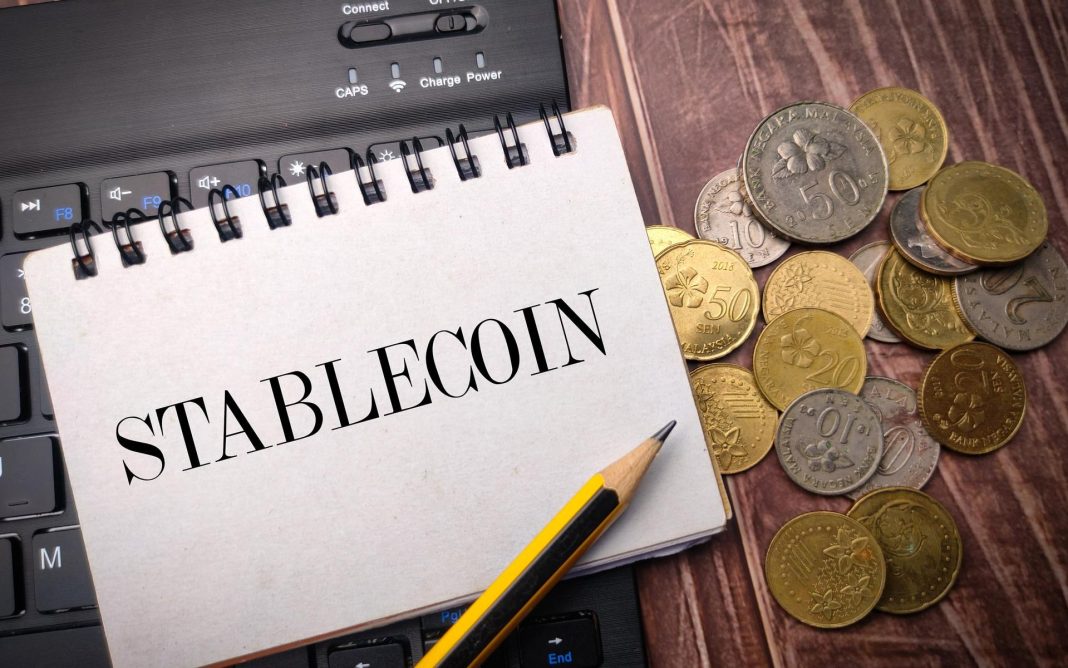Stablecoins might currently be a small player in the financial world, making up just 1% of the U.S. money supply, but a report from Standard Chartered and Zodia Markets suggests that they could expand to 10% of the U.S. M2 money supply and FX transactions, thanks to clearer regulations on the horizon.
Hundreds of billions
Right now, stablecoins have a market cap of less than $200 billion, which is a drop in the bucket compared to global financial transactions.
But don’t let those numbers fool you, there’s a lot of potential for these digital assets to shake things up.
The report, titled ’Stablecoins: The First Killer App’, shows that stablecoins have evolved beyond their original purpose as mere trading tools, because while initially used as a bridge for cryptocurrency trading, they’re now stepping into roles like cross-border payments, payroll processing, trade settlements, and remittances.
This shift shows how stablecoins can tackle some of the pain points in our current financial systems, think high fees, slow transaction times, and limited access for underserved communities.
By offering faster and cheaper transactions, stablecoins are positioning themselves as essential players in modern finance.
A new era for money
While stablecoins currently trail behind the $21 trillion U.S. M2 money supply and $2.1 trillion in daily FX spot transactions, hitting that 10% level could literally catapult them into a major role in global finance.
This shift could fundamentally change how digital payments and settlements work.
Experts believe that regulation will be important for this transformation. Previous U.S. administrations have been slow to establish stablecoin-specific policies, but there’s hope that a Trump-led government in 2025 might prioritize these efforts.
With clearer regulations, stablecoins could unlock their full potential and diversify their applications even further.
Growing popularity in emerging markets
When it comes to geography, USD-backed stablecoins are king, making up 99.3% of the market cap. Tether’s USDT leads the pack with a 73% market share, followed by Circle’s USDC at 21%.
A YouGov survey highlighted in Standard Chartered’s report reveals that stablecoin usage is booming in emerging markets like Brazil, Turkey, Nigeria, India, and Indonesia.
In fact, 69% of respondents reported using stablecoins for currency substitution, while 39% use them for cross-border payments and purchasing goods and services.
Now it’s clear that stablecoins are more than just a passing trend, but they’re gearing up to become a central force in the financial sector everywhere.


